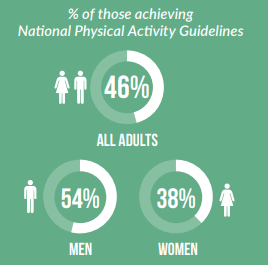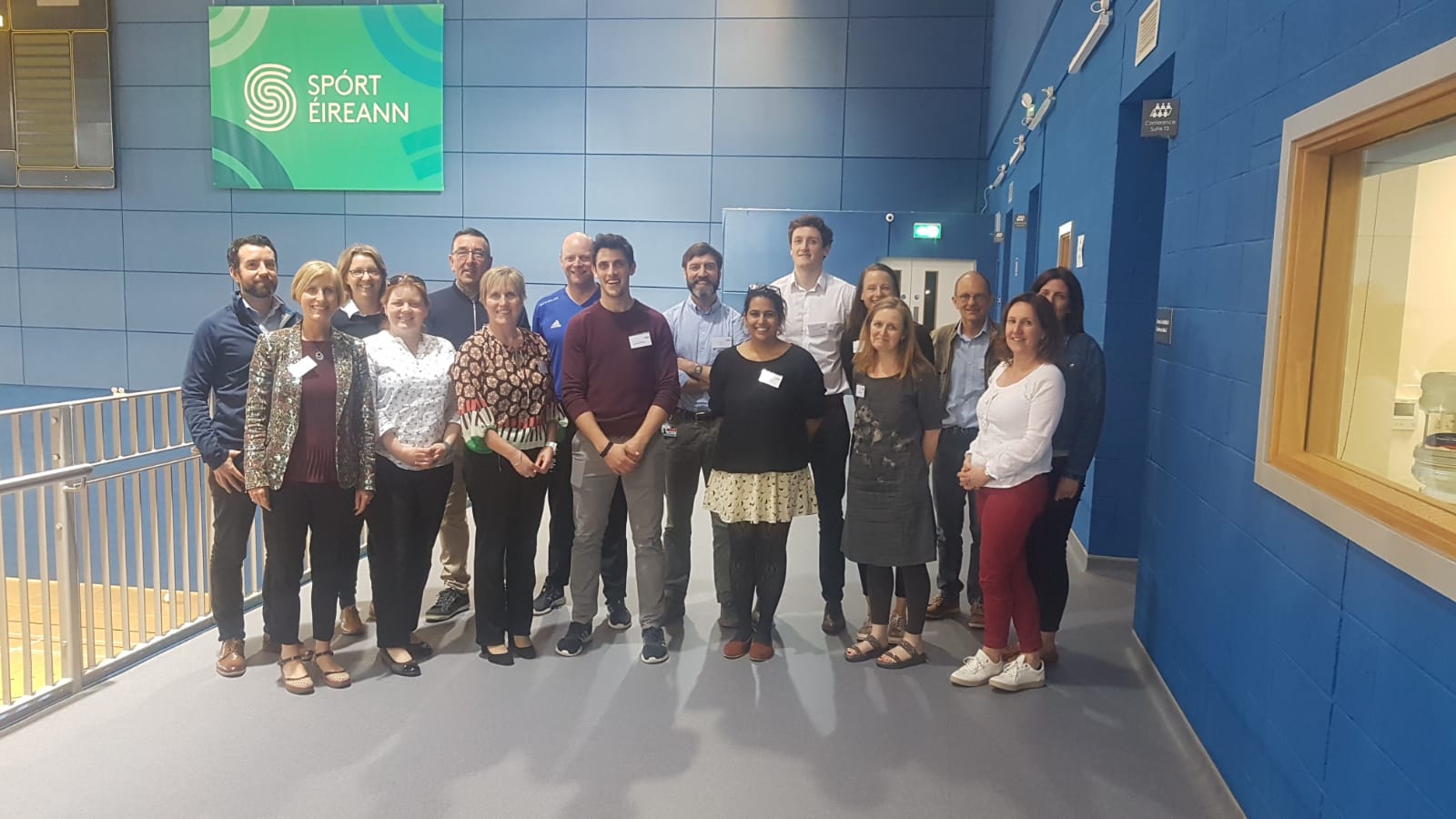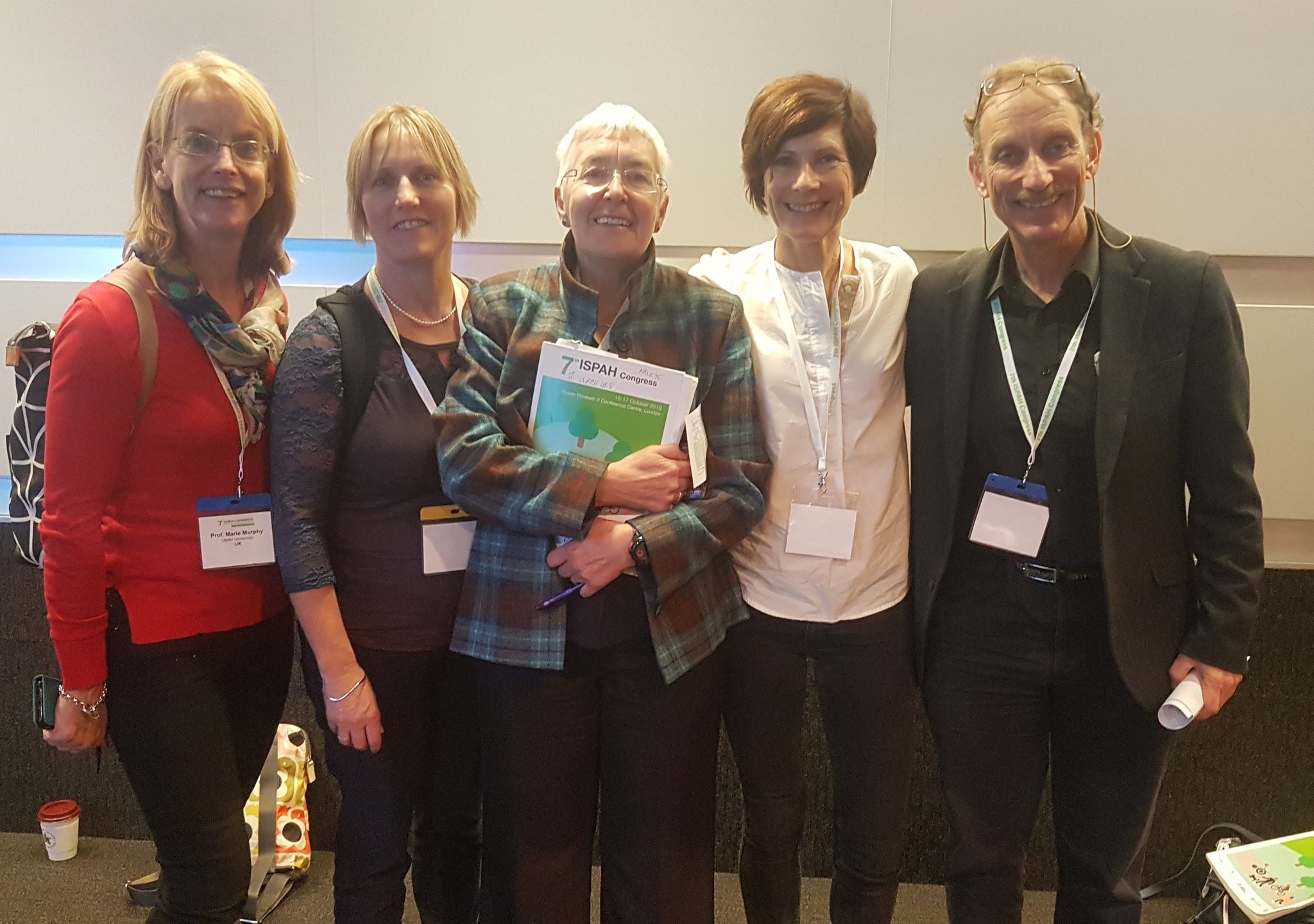Healthy Ireland Summary Report 2019

Healthy Ireland launched the 2019 summary report with the findings from the #HISurvey2019 on November 20th. The full report can be downloaded at: https://www.gov.ie/en/collection/231c02-healthy-ireland-survey-wave/
The report covers findings across many different elements crucial for a healthy lifestyle, with sleep being introduced as a topic for the first time this year. Other topics being covered include: physical activity, physical measurements, sedentary behaviour, general health, smoking, tobacco packaging, usage of GPs and other healthcare professionals, sun protection, parents and health, and caring responsibilities.
Physical Activity
A summary of findings of the data on physical activity reports that the percentage of those meeting the National Physical Activity Guidelines is 46% for all adults, with a higher percentage of males (54%) meeting the guidelines than females (38%). The percentage of people meeting the guidelines of 150 minutes of moderate intensity activity per week steadily declines with age, with 61% of people aged 15-24, declining to 52% for those aged 24-34, and only 18% of older adults aged 75+ meeting the guidelines. There is also a significant gender gap across the different age groups, with a consistently lower percentage of females meeting the guidelines. The gender gap is widest in the 15-24 age group, with only 51% of females being sufficiently active compared to 71% of males. Socio-economic status also has an impact on achieving the minimum recommended levels of physical activity: in affluent areas 49% of people achieved it, whereas in deprived areas only 43% did. Only 8% of people reported that they had participated in no physical activity in the last 7 days.

The survey results did show a desire for change in activity levels in those not currently meeting the guidelines. 64% of people want to be more physical active than they are currently, with females most likely to want to change their activity levels (66%). The biggest barrier to being more physically active was reported to be time restrictions, with over a third (36%) reporting they are too busy due to work or study, and 24% reporting they are too busy looking after family. Age was also a factor for those showing a desire to be more active. In the 15-24 age group, 70% of those not sufficiently active wanted to be more active, increasing to 72% and 73% respectively for those in the 25-34 and 35-44 age groups. This then declined to 63% for those aged 45-54, however for all age groups over half those not active enough wanted to increase their activity levels.

Sedentary Behaviour
The survey also looked at sedentary behaviour, measured by time spent sitting. However, self-reported data on time spent sitting is often underestimated. The average time spent sitting on a weekday was 5.1 hours, and on the weekend it was 4.4 hours a day. Working status was an important factor towards time spent sitting on a weekday, with students spending the most time sitting on average with 6.6 hours a day. For those in paid employment, 4.8 hours was spent sitting on average, with those engaged in house duties spending the least number of hours sitting (4.1). Those unemployed and retired spent 5.1 hours and 5.3 hours respectively sitting on weekdays. On the weekends, those in paid employment or a student decreased their hours spent sitting, however all those in the other categories (engaged in house duties, unemployed and retired) increased their time spent sitting.










